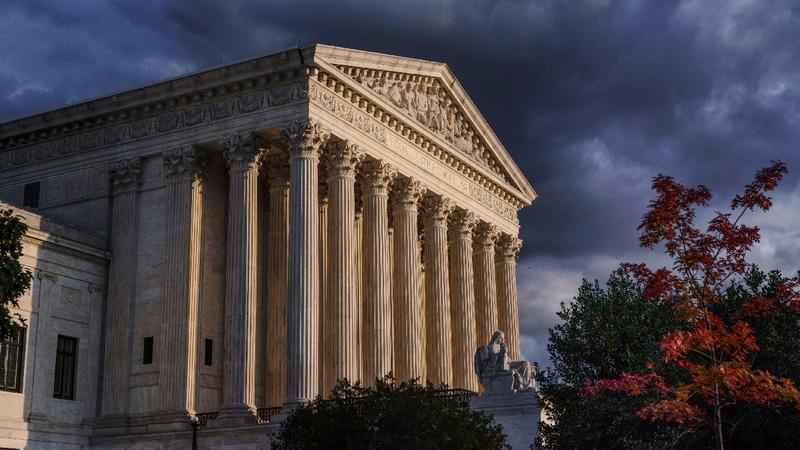Court won’t stop Texas abortion ban, but OKs clinics’ suit

FILE - The Supreme Court is seen at dusk in Washington, Oct. 22, 2021.[AP Photo/J. Scott Applewhite, File]
The Supreme Court has ruled that Texas abortion providers can sue over the state’s ban on most abortions, but the justices are allowing the law to remain in effect.
The court acted Friday, more than a month after hearing arguments over the law that makes abortion illegal after cardiac activity is detected in an embryo. That’s around six weeks, before some women even know they are pregnant. There are no exceptions for rape or incest.
The law has been in place since Sept. 1.
The outcome is at best only a partial victory for abortion providers. The same federal judge who already has once blocked the law almost certainly will be asked to do so again. But then his decision will be reviewed by the 5th U.S. Circuit Court of Appeals, which has twice voted to allow enforcement of the abortion ban.
The case could return to the justices and so far there have not been five votes on the nine-member court to put the law on hold while the legal fight plays out.
The court’s conservative majority also seems likely to roll back abortion rights in a Mississippi case that was argued last week, although that decision is not expected until the spring.
The high court ruling came a day after a state court judge in Texas ruled that the law’s enforcement, which rewards lawsuits against violators by awarding judgments of $10,000, is unconstitutional yet left the law in place.
The court fight over the Texas law is focused on its unusual structure and whether it improperly limits how the law can be challenged in court. Texas lawmakers handed responsibility for enforcing the law to private citizens, rather than state officials.
The law authorizes lawsuits against clinics, doctors and anyone who “aids or abets” an abortion performed after cardiac activity is detected in the fetus. That’s usually around six weeks of pregnancy before some women even know they are pregnant.
The case raised a complex set of issues about who, if anyone, can sue over the law in federal court, the typical route for challenges to abortion restrictions. Indeed, federal courts routinely put a hold on similar laws, which rely on traditional enforcement by state and local authorities.
Another issue is whom to target with a court order that ostensibly tries to block the law. Under Supreme Court precedents, it’s not clear whether a federal court can restrain the actions of state court judges who would hear lawsuits filed against abortion providers, court clerks who would be charged with accepting the filings or anyone who might some day want to file a lawsuit.
The Texas law was specifically designed to put obstacles in the way of legal challenges, and so far it has worked.
Since it took effect in September, the law has imposed the most restrictive abortion curbs in the nation since the Supreme Court first declared a woman’s right to an abortion in its 1973 Roe v. Wade decision.
In its first month of operation, a study published by researchers at the University of Texas found that the number of abortions statewide fell by 50% compared with September 2020. The study was based on data from 19 of the state’s 24 abortion clinics, according to the Texas Policy Evaluation Project.
Texas residents who left the state seeking an abortion also have had to travel well beyond neighboring states, where clinics cannot keep up with the increase in patients from Texas, according to a separate study by the Guttmacher Institute.
The justices declined to block the law once before, voting 5-4 in September to let it take effect. At the time, the three appointees of former President Donald Trump and two other conservative colleagues formed the majority.